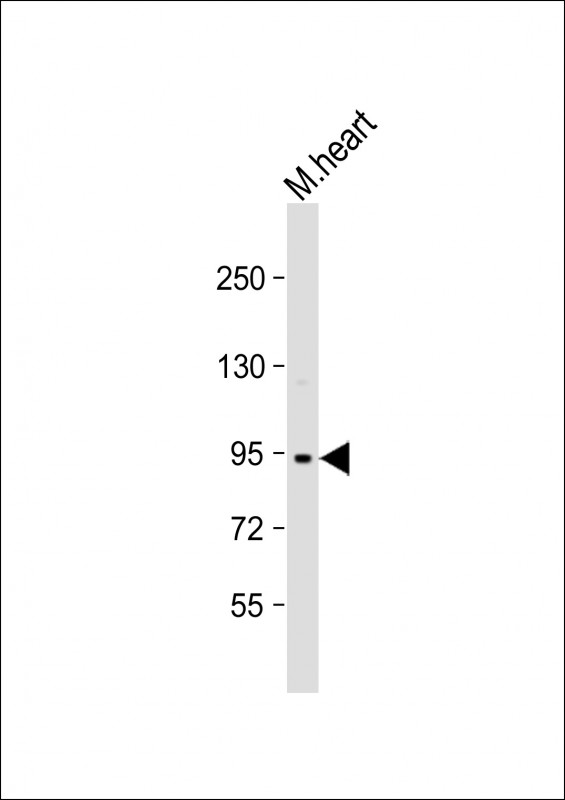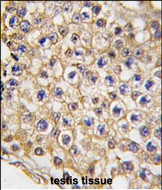Rabbit Polyclonal Antibody to Mouse TRPV3 (N-term)
货号:
P34104
别名:
Transient receptor potential cation channel subfamily V member 3, TrpV3, Trpv3
应用:
WB,IHC
反应种属:
Mouse
抗体类型:
Primary antibody
Swissprot:
Q8K424
规格:
目录价
在线咨询
Description |
|---|
TRPV3 belongs to a family of nonselective cation channels that function in a variety of processes, including temperature sensation and vasoregulation. The thermosensitive members of this family are expressed in subsets of sensory neurons that terminate in the skin, and are activated at distinct physiological temperatures. This channel is activated at temperatures between 22 and 40 degrees C. This gene lies in close proximity to another family member (TRPV1) gene on chromosome 17, and the two encoded proteins are thought to associate with each other to form heteromeric channels. |
Specification |
|
|---|---|
| Aliases | Transient receptor potential cation channel subfamily V member 3, TrpV3, Trpv3 |
| Entrez GeneID | 246788 |
| Swissprot | Q8K424 |
| WB Predicted band size | 90.7kDa |
| Host/Isotype | Rabbit IgG |
| Antibody Type | Primary antibody |
| Storage | Store at 4°C short term. Aliquot and store at -20°C long term. Avoid freeze/thaw cycles. |
| Species Reactivity | Mouse |
| Immunogen | This Mouse TRPV3 antibody is generated from rabbits immunized with a KLH conjugated synthetic peptide between 90-119 amino acids from the N-terminal region of mouse TRPV3. |
| Formulation | Purified antibody in PBS with 0.05% sodium azide. |
Application |
|
|---|---|
| WB | 1/1000 |
| IHC | 1/100-1/500 |
Product Image
-
Anti-TRPV3 (N-term) at 1:1000 dilution + mouse heart lysate Lysates/proteins at 20 µg per lane. Secondary Goat Anti-Rabbit IgG, (H+L), Peroxidase conjugated at 1/10000 dilution. Predicted band size : 91kDa Blocking/Dilution buffer: 5% NFDM/TBST.

-
Formalin-fixed and paraffin-embedded human testis tissue reacted with TRPV3 Antibody (N-term) (Cat.#P34104), which was peroxidase-conjugated to the secondary antibody, followed by DAB staining. This data demonstrates the use of this antibody for immunohistochemistry; clinical relevance has not been evaluated.






 鄂公网安备42018502007531号
鄂公网安备42018502007531号

